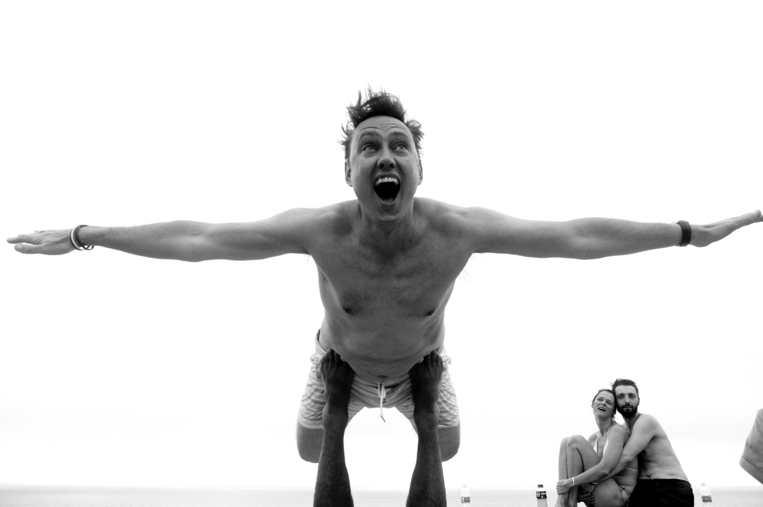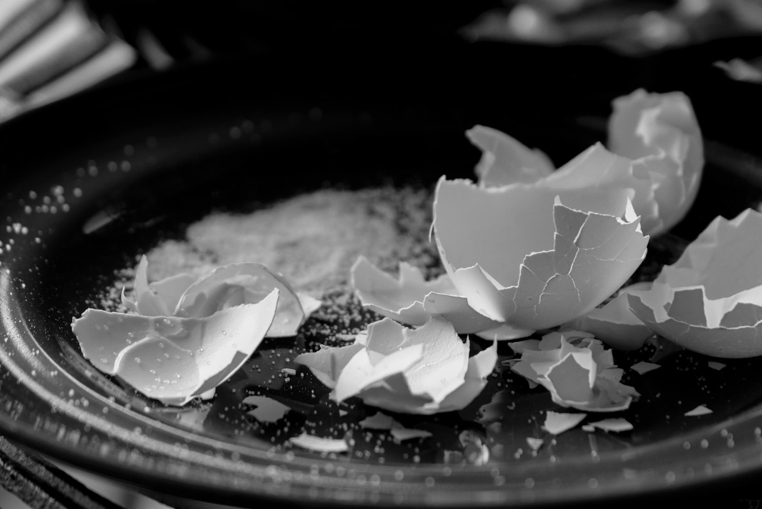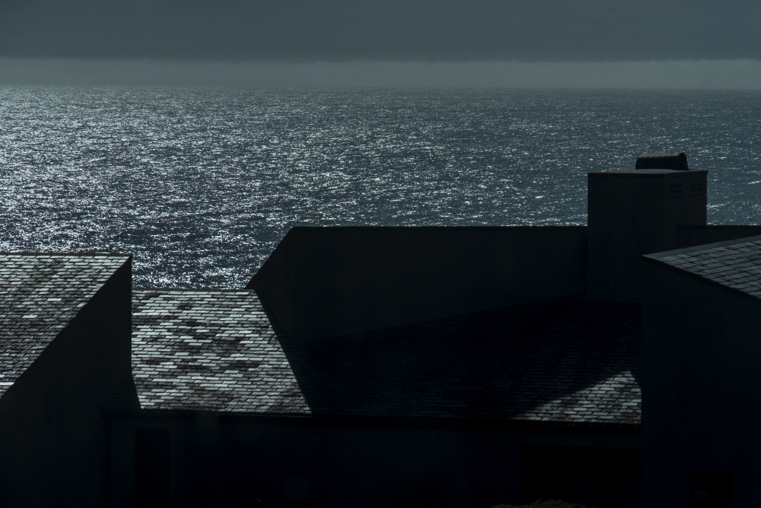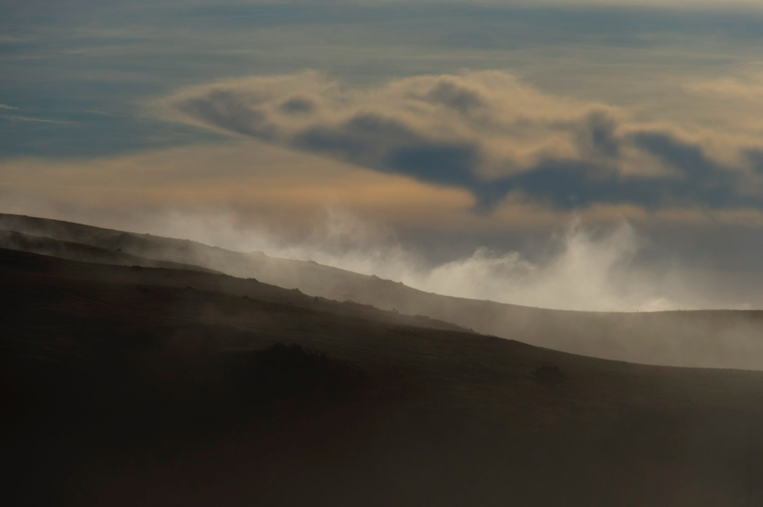Photography as a Zen Art
![]()
Sometimes you know about two things in completely different parts of your brain, and then one day, for no reason, you put them together and your head explodes — a cascade of understandings like the last scene in “Usual Suspects”. After 40 years of taking pictures, that happened to me. One idea changed me overnight. And if you have a camera it will change you, too.
But then there are the pesky “rules” of composition. I won’t argue here (but I will argue) that they are bogus — not that they are just inappropriate, but that they make learning to take photos harder, not easier. Every photographer ever (and I say that without hyperbole) will tell you that “you learn the rules, and then you can ignore them” and “they’re just a starting place”; I’m simply going a little farther and suggesting you discard them from the start. It’s the wrong way to approach photographic compositions.

Consequently, learning to take better pictures ends up being a hodge-podge of facts, rules that can be discarded, and pointless exercises. I love photography but have always felt something was missing from photographic education.
My Approach
I have always enjoyed haiku. Haiku reminds me that there are many poetic forms — limericks and sonnets and so forth — and haiku is another, but it’s very constrained, very short. Strict rules. All poetic forms have history, but unlike others, haiku also has a philosophy. That makes it different.
Misty pictures, ruined lens.
Was it worth it? Yes.
My own photography felt like this — a poem with a series of rigid arbitrary constraints that I enjoyed playing within. Other people’s pictures were like other poetic forms. For me, I like uncropped, monochromatic, unretouched, horizontal aspect, etc. A certain camera, or type of film, is a creative constraint. Working within constraints is important, and haiku reminds me of this. Rigid constraints are a poetic form, a creative game, and can be part of the enjoyment of taking pictures. This was one aspect of haiku that resonated with the way I thought about photography.

Haiku is a Zen art — and so, increasingly curious, I began to explore other Zen arts. I was always drawn to bonsai trees, beautiful and cool and, like haiku, interestingly constrained. The more I read about these arts the more I noticed I could often substitute the word “photography” for whatever I was reading about, and it seemed not only to fit the way I thought about picture taking, but it added delight and insight.
And then I began to explore the Zen art of flower arranging, ikebana. There are many schools of ikebana, many aesthetic styles, some more rules-based than others. And what struck me was that ikebana was more instructive and applicable to photographic composition than any “golden mean” or “rules of thirds.” Ikebana speaks to weights and balances, proportions and harmony. Many of the skills felt related. It was then that I began to dive in more deeply. If my photos were like haiku, and if ikebana could inform photographic composition, what else could a study of Zen arts provide?

Over the following months, I began to study other temple arts, as they are called. Not just haiku, bonsai and ikebana, but kintsugi (fixing broken ceramics with gold), origami (paper folding), enso (the calligraphic drawing of circles), and the overarching philosophy around wabi-sabi. I’m not a master of Zen, but I could recognize how lessons from these arts fit neatly with my personal feelings about photography. They addressed questions like “what is worth photographing?” “why do we even bother taking photos?” “should I Photoshop or not?” “why should we print?” and even “what makes a photo beautiful, or good?” and so on.
I looked to see if other books and curricula already taught from this vantage point, and what I found was that books on “Zen and photography” were almost entirely about using photography to practice Zen — which admittedly is very cool. They speak of using your photographic practice to be more present, to be mindful, to see beauty, and so on. But what I’m suggesting is different: I am not aiming to help you practice Zen or reach enlightenment, I’m suggesting that Zen arts, in particular, can help you get better at photography. The philosophy forms an excellent foundation and gives rationale to otherwise disparate rules and approaches.

The Zen arts approach doesn’t address the technical aspects of photography. You still have to learn about f-stop and shutter speed. But even with automation, those awesome cameras won’t compose a photo for you, they won’t enlighten you about what to take pictures of or how to see beauty.
Many accomplished photographers get bored. And their pictures get boring. To avoid burn-out it can be good to have some structure. I believe I’ve found it, and I think it’s the first innovation (or at least “alternative”) in photographic education in ages, and ironically, it’s the oldest method.
P.S. I’m giving a couple one-day workshops in San Francisco in March to touch on these, and a 4-day intensive workshop later this year. And while I’m currently finishing a book on this topic, my interactions with beginners and amateurs is refining the curriculum — so please, I invite you to explore this with me and contribute to both the book and the courses. Zen arts, like photography, are a life-long pursuit. So no matter where you are in your path, from just starting to seriously advanced, I hope that this approach will help you grow and enjoy your photography more.
About the author: M.H. Rubin is the Founder and CEO of Neomodern, and host of the podcast “Everyday Photography, Every Day.” The opinions expressed in this article are solely those of the author. To see more from Rubin, visit Neomodern or give him a follow on Instagram. This article was also published here.
Image credits: Header photo, Enso (2019), by Jordan Arnold and courtesy Michael Rubin.